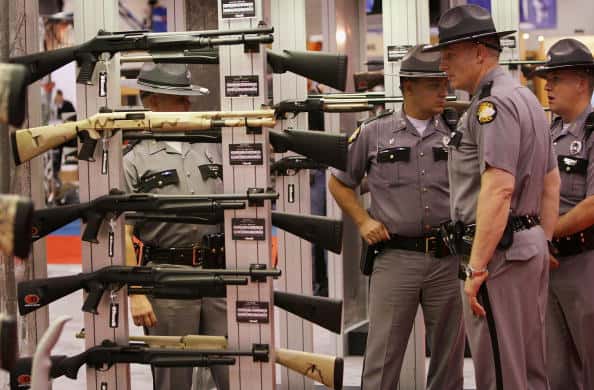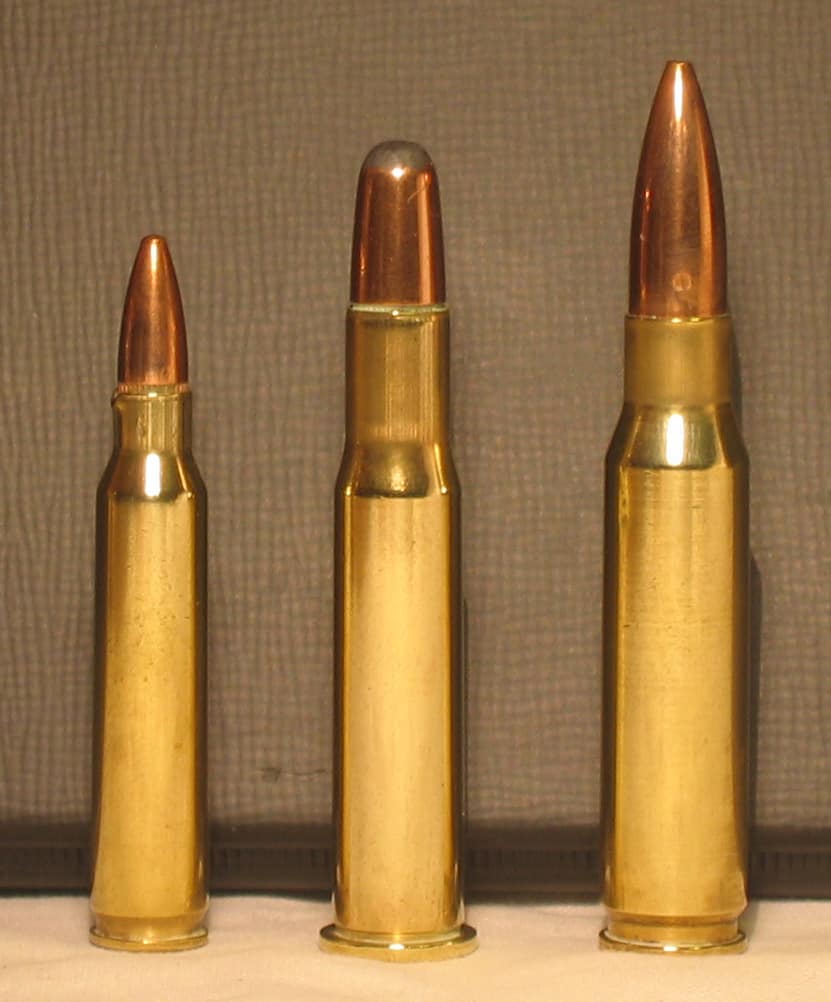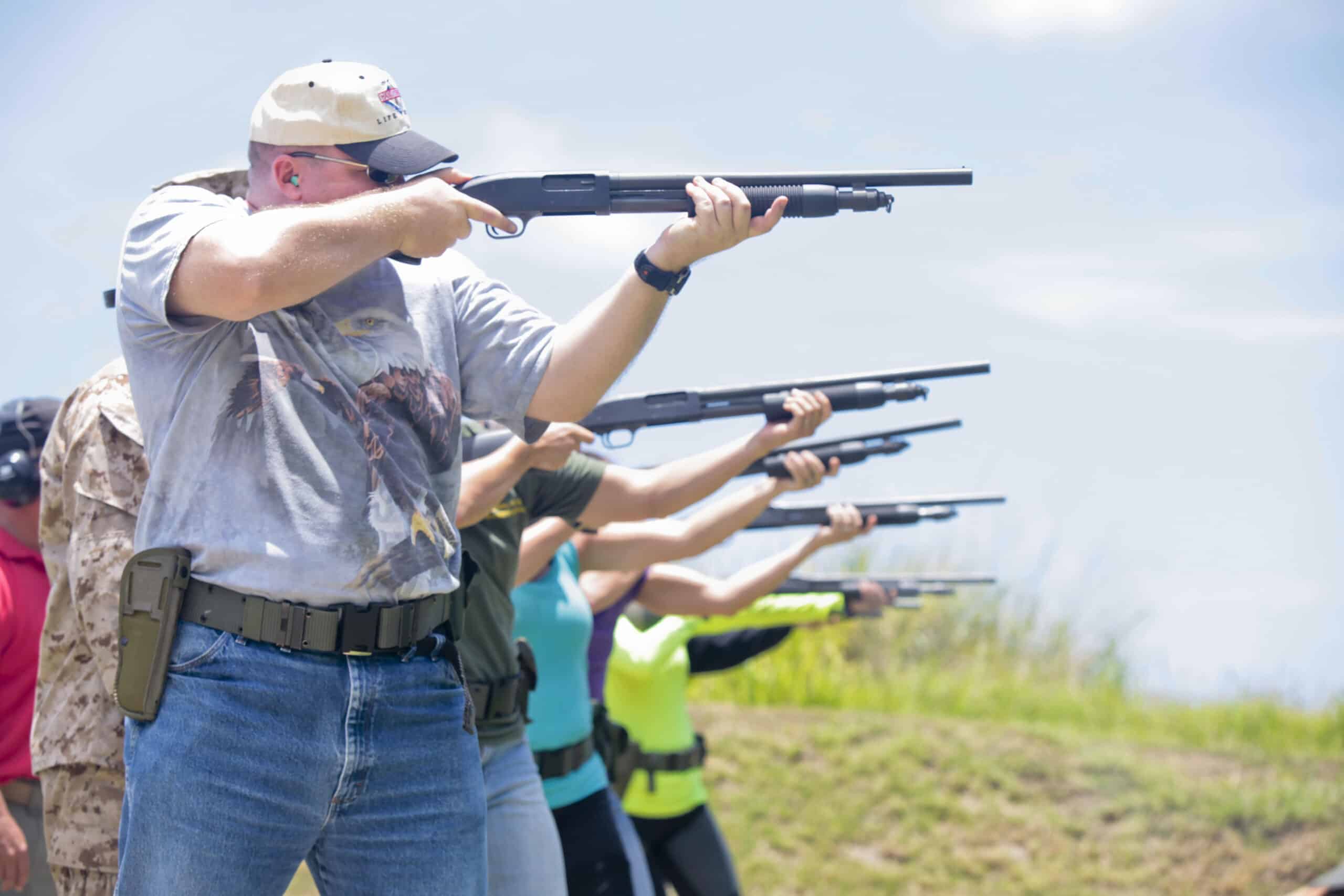Guns and Hunting
Smart Guns and Intelligent Ammo: How Technology is Changing Firearms

Published:

Smart guns and intelligent ammo may seem like the future of firearms. However, it’s a complex, highly charged topic in many parts of the world. Many gun experts claim that they are inconsistent and don’t deliver on their promises.
While smart guns and ammo may work in a lab environment, that doesn’t mean they work in real life. As technology advances, it’s possible that these devices could get better and have a larger impact on the larger industry.
When writing this article, we used experts on both sides of the issue, using resources like the Center for American Progress and the Defense Advanced Research Projects Agency.
There are many ways that technology gets integrated into guns and ammunition. Let’s explore some of the current technologies involved:

Smart guns represent a huge category. Anytime advanced technology gets shoved into a firearm, it’s technically a “smart gun.” However, most of the time, this involves technology that restricts the gun’s use to authorized individuals.
You can imagine all the benefits of your firearm only working when used by you, such as:
However, smart guns have many problems. Currently, the technology doesn’t work well enough to be used in the real world. Once the sensors get dusty or wet, they often don’t work. Smart guns may also be open to hacking and malfunctions like all computers. If you’re reading this article, you know how finicky technology can be.
There are also concerns about individuals with physical limitations. In many cases, smart guns aren’t even designed for left-handed individuals, making them unusable to a sizable portion of the population. If your dominant hand becomes injured, you’ll be unable to use the gun, as well.

The BioFire Smart Gun is easily the most popular out there today. However, it can currently only be pre-ordered, as it is not fully developed. It will utilize fingerprint and facial recognition software to authorize use. The company’s main focus is on safety, as the gun won’t be operable in unauthorized hands.
BioFire’s technology is currently being developed, but it relies largely on its Guardian Biometric Engine for quick user verification. However, there are some concerns regarding how reliable this biometric system is in the real world.

Armatix is currently developing the Armatic iP1, a .22 caliber handgun that uses active RFID to unlock it. The RFID is embedded in a watch, so you must wear the watch to use the firearm. The gun was actually through development.
However, there was serious pressure about the viability of the concept. Many were worried about the technology being bypassed or disabled, potentially rendering the firearm useless.

While smart guns typically aim to control who can fire a weapon, intelligent ammo is completely different. This technology is still very new despite the first smart bullet technically being invented in 2012. However, there are several different kinds of smart ammo being developed.
The most common type is self-targeting rounds. These use advanced guidance systems to adjust their path mid-flight, increasing their accuracy and lethality. Of course, this type of ammunition is mostly developed for warfare. The military is always developing new weapons, and ammo is no different.
Another type is the self-destructing bullet. These rounds are designed to deactivate or explode after a set amount of time. Therefore, they can prevent something that isn’t supposed to be hit from getting hit, like civilians.
There is also the potential for disabling bullets. These are designed to incapacitate targets without causing lethal harm. However, these have not seen much development and are largely aimed at law enforcement.
Intelligent ammo could also be tailored for other purposes, such as breaching structures or disabling machinery. This technology could go in many different ways, but it is still in its infancy today. A lot is standing between the idea of intelligent ammo and widespread availability.

There are only a few SMART bullets currently under development, and none of these are widely available to the public. However, one such smart bullet is being developed by DARPA for military use, with an estimated cost of $100 to $1000 per bullet. These bullets will be accurate up to 2,000 meters and include lots of cutting-edge technology, hence their cost.

One of the very few smart bullets currently being developed is the US Defense Advanced Research Projects Agency’s (DARPA) EXACTO program. Its goal is to develop a .50 bullet that can hone in on a particular bullet. This would significantly increase a sniper’s effectiveness, making factors like the wind and target movement less impactful.
However, getting technology miniaturized is a challenge. Plus, the cost of throwing away a smart bullet every time you take a shot is incredibly high, which may limit its effectiveness until the bullets become cheaper.
There are also ethical concerns, especially regarding autonomous targeting. There are many discussions regarding the potential misuse of this technology. While this bullet won’t likely be commercially available, advancements will likely make it available at some point.

The Indian Institute of Technology is working on “intelligent ammo” for artillery guns. This project focuses on 155mm shells with a guidance system to increase accuracy and lethality. It’s designed to utilize laser targeting, different detonation options, and GPS guidance. Therefore, it can be used in several different combat scenarios with more effectiveness.

Smart guns are currently being developed by several firearm companies, and several have hit the market. However, none of these guns have been widely adopted, largely because of the abovementioned downsides. They just aren’t reliable in real-world situations.

The exact price depends on the smart gun you’re thinking about purchasing. The Biofire smart gun costs at least $1,500 and is one of the more popular options. However, it hasn’t been widely adopted due to several potential downsides, mostly concerning its reliability.

Currently, the military does not use smart bullets. However, many modern militaries are developing smart bullets for increased accuracy. In most cases, these bullets aim to be more accurate thanks to self-correcting mechanisms within the bullet. However, these rounds may still be a long way out, and they may not be widely adopted due to their price.

Smart bullets are absolutely possible, and many companies are developing them right now. Many have tested bullets that have worked decently well, increasing their accuracy over normal rounds. However, a mass-produced smart bullet has yet to be created. As our technology improves, creating one of these bullets will be easier and easier.
Retirement planning doesn’t have to feel overwhelming. The key is finding expert guidance—and SmartAsset’s simple quiz makes it easier than ever for you to connect with a vetted financial advisor.
Here’s how it works:
Why wait? Start building the retirement you’ve always dreamed of. Click here to get started today!
Thank you for reading! Have some feedback for us?
Contact the 24/7 Wall St. editorial team.